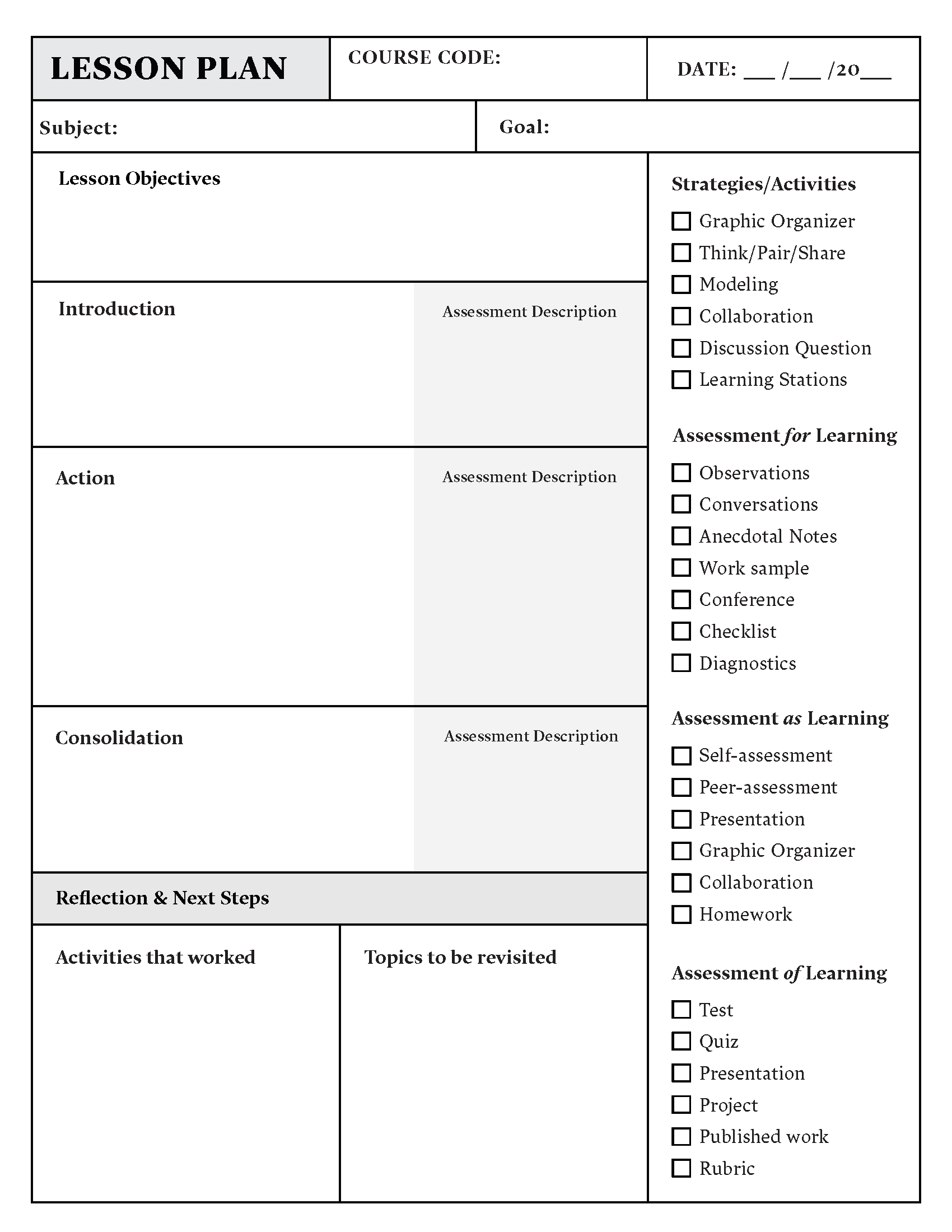When MakerEd is talked about, there is a heavy focus on the Maker part and not so much on the Ed part. I know I am guilty of this. I think it has lots to do with the fact that the Maker part is something that is easy to share. I can showcase the thing I built or the projects the students have built, while the education part often goes unseen. As I've been thinking about MakerEd and how important it is for schools to explore and integrate the ideas into their learning culture, I wanted to make sure that I share the education side of MakerEd in the hopes to convince more people of the value of this approach in the classroom. Part of that is looking at the research and I found a great website that has links to a variety of educational studies that explore the impact on MakerEd in the classroom.
Makers Empire is a company that makes a 3D design software that supports digital making. Through their website, I found a page dedicated to MakerEd research. Check out the Research page here. There are lots of great articles and links here, but I wanted to share some that stood out to me.
Here is a wonderful article on The Maker Movement in Education. It was published in the Harvard Educational Review and here is a synopsis,
"In this essay, Erica Halverson and Kimberly Sheridan provide the context for research on the maker movement as they consider the emerging role of making in education. The authors describe the theoretical roots of the movement and draw connections to related research on formal and informal education. They present points of tension between making and formal education practices as they come into contact with one another, exploring whether the newness attributed to the maker movement is really all that new and reflecting on its potential pedagogical impacts on teaching and learning."
The interesting points are the one on the tension seen as MakerEd and formal, or traditional, education collide. This is something that I have seen first hand with my work with schools. It is tough to bring teachers to the table to explore new concepts in pedagogy because it is hard for teachers to not feel like they are being pushed into another program that may not be helpful or even supported long term. The pushback is very real and it is something that educators need to be aware of if there is going to be a push to integrate MakerEd into the classroom.
The other part that I noticed was the idea that MakerEd is not actually a new idea. One of the things I love to point out is how Kindergarten teachers have been Maker teachers longer than anyone. The idea of learning through making and play is ingrained in the PreK and K curriculums around the country. As a society, we recognize the value of this in our early education systems, but move away when it becomes time for college prep or high school prep. The difference between the two approaches can be seen as night and day. One focuses on creativity and learning through the process and the other is more focused on rote memorization and test taking. This approach was great for churning out people to work factories, but it is not helpful in supporting creative minds, problem solving, and critical thinking skills.
I encourage all of you to take the time to read the article and check out some of the other research on MakerEd to better understand why MakerEd should have a place in schools as we look to a variety of approaches to support a diverse group of student learners.
Hugs and high fives,
The Nerdy Teacher



